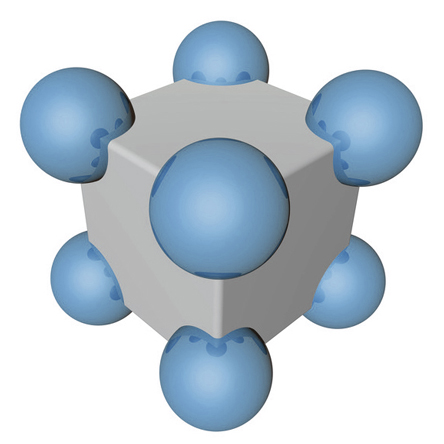 When we click on a link, we don’t give it a second thought – especially these days when we are presented with 100’s if not 1000’s of potential hyperlinks each day.
When we click on a link, we don’t give it a second thought – especially these days when we are presented with 100’s if not 1000’s of potential hyperlinks each day.
Links nowadays are not limited to those on web sites or in email newsletters. They abound in Twitter tweets and on Facebook Walls.
Knowing how and why people click on one link as opposed to another is of course of interest to the person who posted the link. Indeed understanding how we interact with any text is important for any writer.
Here’s a typical sequence of events:
1. About a second before we are consciously aware of anything, our right brain is continually filtering information before presenting it to our left brain for further processing and analysis. This is known as whole brain filtering.
2. To get past the gatekeeper of the right brain, which works holistically, we have to write content which matches patterns the right brain will light up to. Example might include:
- Keywords – e.g. Video, ebook, iPad, your favourite football team/author/pop group
- Rhymes
- Fun & puns
- Freebies
- Double takes
- e.g. If I had written Triple Take, the right brain would inform the left that there is something new it doesn’t understand that needs analysis
3. Once the left brain is presented the information, it analyses it further with criteria like – is it a con or a spam and is it something to deal with now or park for later? If the former, the motor commands to our arm and hand muscles to click on the link are issued.
4. When we then look at the destination page the whole process is repeated for the opening paragraph – or the image or first few seconds of the audio or video – and then so on for all subsequent content until we meet another link that we follow.
5. So our right brain analyses the whole and our left, the detail.
As for the Google search engine, both have to match otherwise our spam filter kicks in. For example, if we thought we were on a page containing a freebie but it becomes clear the point of the page is to sell you something, you will soon go elsewhere. Long sales pages try and subvert this process by beating the left brain into submission.
“OK,” it says, “I didn’t want to buy anything but it was $5000 and I can get it for only $20 today only.
“The overruled right brain screaming, “They saw you coming.”
6. For best results, the message needs to be completely congruent say from from initial Tweet, to blog title right through the body text to the final call to action.
7. If you have read this far, you will be approaching the call to action – yes, this blog is a soft selling page. Do you feel conned? I hope not as this blog contains some useful free information.
